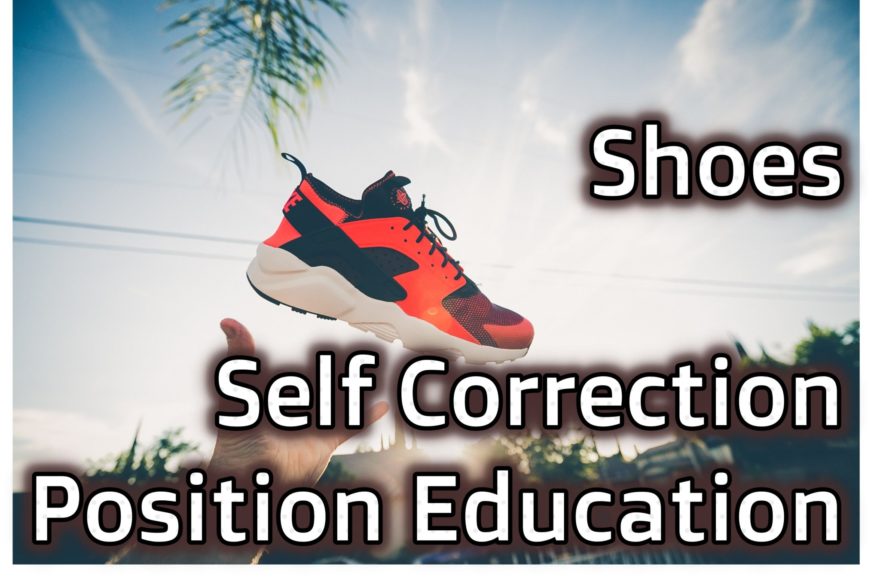What a Class Wow. That’s all that really needs to be said. I have had a great deal of exposure to PRI in the past, but I have only had one formal class under my belt. Needless to say, I was looking forward to learning more. James Anderson and the PRI folks did not disappoint. Myokinematic Restoration was easily the best class I have taken all year. It also helped having another like-minded group attending. You learn so much more when you are surrounded by friends. Here is the course low-down. Disclaimer for the Uninitiated I know there are a lot of misconceptions about PRI on the interwebz. Even though posture is in the name, PRI has little to do with posture in the traditional sense. We know posture does not cause pain, and PRI agrees with this notion. But it’s not like they can change the name of the organization now. What? Do you think Ron Hruska is Diddy or something? After discussions with James and his mentioning this aloud in class, the target of PRI is the autonomic nervous system. Not posture, not pain, not pathoanatomy, but the brain. Essentially, they have figured out a window into the autonomic nervous system via peripheral assessment. Moreover, PRI is not in the pain business, though many think this is the case. Hell, even in the home studies they mention pain quite a bit. But realize those were done in 2005. Would you like me to hold you to things you have
Read More